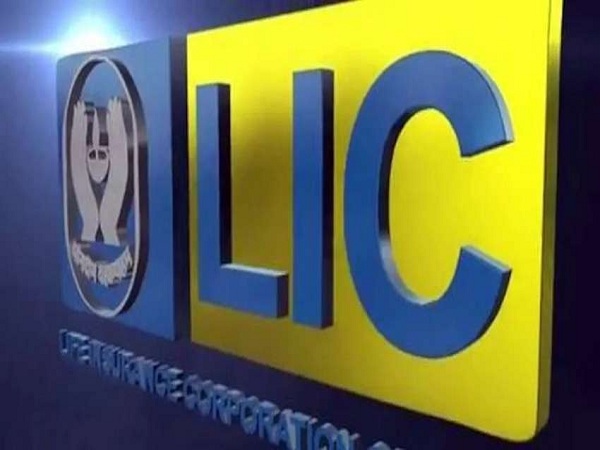There is a restless urgency in the air in India to resume high growth, with signs that the capital expenditure (capex) cycle is uncoiling and turning and earnings results of corporates having beaten market expectations, according to an article in RBI’s latest monthly bulletin.
“All around, optimism is taking hold, among households and businesses, investors and markets.
“It is also likely that India will decouple from other emerging economies for which rising financing costs and rising pile-ups of debt hamstring the recovery,” as per the article prepared by 21 RBI officials, including Deputy Governor MD Patra.
The authors emphasised that incoming data point to even contact-intensive services such as personal care, recreation and hospitality gathering traction and pace even as agriculture crosses production highs in various crops and in horticulture, and manufacturing finally shrugs off the vice-like grip of contraction.
As countries rush to inoculate their populations, the global economy should regain lost momentum in Q2 (April-June), they added.
Bond vigilantes
“Bond vigilantes could, however, undermine the recovery, unsettle financial markets and trigger capital outflows from emerging markets,” cautioned the authors.
In this regard, they observed that the Reserve Bank is striving to ensure an orderly evolution of the yield curve, but it takes two to tango and forestall a tandav (destruction).
In the case of India, debt servicing did preempt more than 25 per cent of budgetary revenues in 2020-21, but there are saving graces: the maturity of public debt is 11 years, reducing refinancing risk, the authors said.
They emphasised that foreign holding of this debt is less than 2 per cent, which means low vulnerability to sudden outflows of capital because it has demonstrated capability to sell its debt in its own currency.
Also, India has growth credibility – the average rate of interest on public debt is less than the growth rate of the economy.
Even so, another outbreak, more lockdowns and restraints, will get unbearable in spite of learning from the initial experience of living with the virus
The authors assessed that in 2021, inflation will likely ease after June, but it will be higher than in prints because of statistical base effects of high inflation a year ago.
In fact, excluding vegetables, headline CPI inflation has moved in a tight range of 5.8 to 6.4 per cent from June, testing the upper tolerance band of the inflation target. Global oil markets are experiencing hardening of prices and production restraints.
“The ratcheting up of input prices to multi-year highs pose a dilemma – if they are passed on to consumers as pricing power returns to firms as aggregate demand picks up, there will be even higher inflation; if they are held back, profitability will be eroded as will gross valued added in the economy.
“India is in a strange place – rising prices amid plenty. Surely, there is a way around it…,” the authors said.
The article noted that globally, policies will seek to stimulate, but markets will stare at tea leaves and ghosts of tightening of the past – neither growth nor inflation hard data support market movements so far
Central banks will go beyond their conciliatory open mouth operations if their stated stances are challenged, it said.
“Central banks, will, perhaps step out of the ambit of their traditional mandates and go where they have not been before – environmental sustainability (UK); climate change (Euro area); house prices (New Zealand); yield control (Japan; Australia); asset purchases (everywhere). We live in interesting times,” said the authors.
